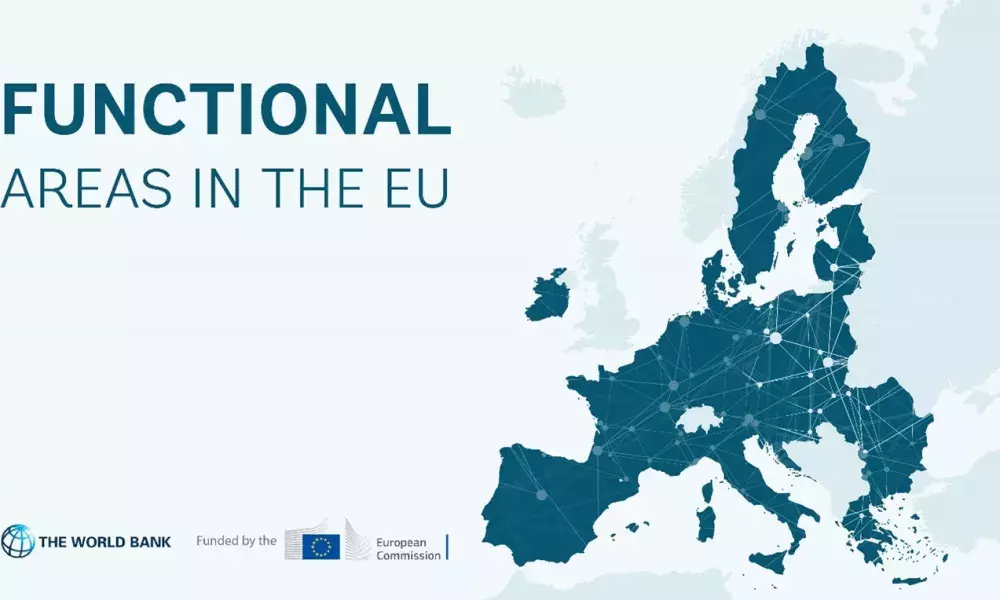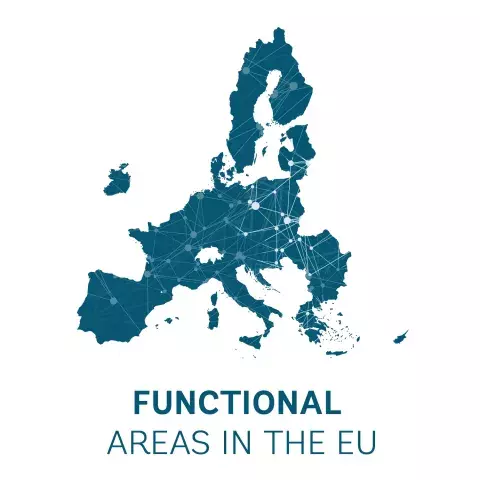Takeaways from the knowledge exchange on identification of flagship projects and funding opportunities

Discover the main insights from our workshop on identifying flagship projects and funding opportunities, which was attended by 141 representatives from various functional areas. This workshop is part of a series of knowledge exchange activities organized under the “Functional Areas in the EU” project.
About
At the beginning of the workshop, Marcel Ionescu-Heroiu, Senior Urban Development Specialist at the World Bank, offered a presentation on project prioritization, covering the steps involved in preparing and implementing flagship projects, as well as a list of EC funding sources available for project preparation and implementation.
Following this, representatives from Zagreb Urban Agglomeration (Croatia), Lake Balaton Functional Region (Hungary), and West Ialomița Functional Area (Romania) presented concrete examples and best practices of flagship projects.
Ines Franov Beokovic, Head of Department for Project Implementation, showcased the Zagreb City Library and Culture Center Paromlin as an example of a complex project which will be financed in the ITI framework. The project is currently ready for implementation and kickstarts the process of urban regeneration of a wider brownfield area with a high potential for sustainable urban development.
Molnár Gábor, Director of the Lake Balaton Development Coordination Agency, presented examples of integrated shoreline management needs and development concepts for the Lake Balaton Functional Region, a natural functional area with unique challenges rising from the pressure of tourism on the natural environment. A particular area of interest is the development of a Landscape Observatory, bringing together the key stakeholders that can inform an improved landscape management process.
Lastly, Iulian Mareș, representative of West Ialomita Functional Area, illustrated how a small functional area like West Ialomița, an ex-urb of Bucharest, can thrive and unlock multiple opportunities through urban regeneration projects and improved connectivity. The flagship projects are centered around the railway connection to the metropolitan train network, as well as harnessing the potential of blue-green areas, while attracting private investments for economic growth and job creation.
The workshop highlighted the importance of extensive planning, stakeholder engagement, and skillful identification and deployment of multiple sources of financing in the identification, selection, preparation, and implementation of flagship projects. These projects also require integrated approaches, coordination with other interventions, and rigorous implementation planning.
If you are interested in learning more about the flagship projects presented during the workshop on identification of flagship projects, you can access the presentations below. We encourage you to review the presentations to gain a deeper understanding of the steps involved in project prioritization, as well as the challenges and opportunities faced by the three functional areas.
About this resource
In 2021, the European Commission launched a pilot project to improve functional area approaches in the EU and has partnered with the World Bank to implement this initiative. As part of the project, the project team collaborated with 12 functional areas from seven EU countries, providing them with tailored technical support and assistance: Zagreb Urban Agglomeration (Croatia), Brno Metropolitan Area (Czech Republic), West Athens (Greece), Lake Balaton Area (Hungary), Kalisz-Ostrów Agglomeration, Kraków Metropolitan Area (Poland), Jiu Valley and Jiu Conurbation Functional Area, Caraș-Timiș Functional Area, Cluj Metropolitan Area, Oradea Metropolitan Area, West Ialomița Functional Area (Romania), and Trenčín Functional Area (Slovakia).
Similar content




